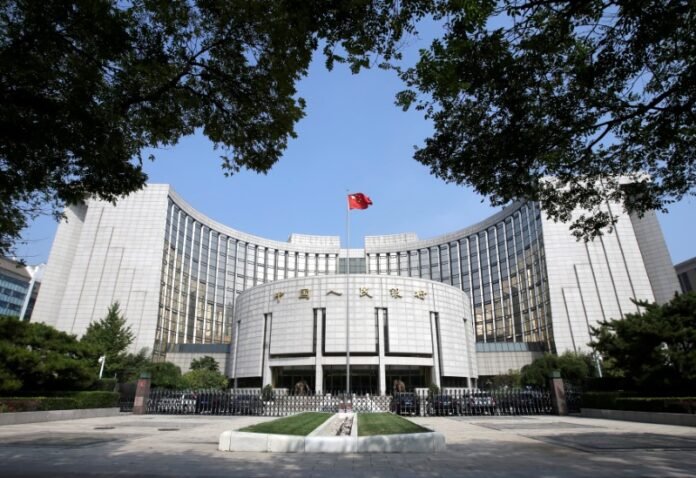New bank loans in China rose in September from the previous month, but remained below expectations as authorities stepped up stimulus measures to stabilize the faltering economy.
Chinese banks extended 1.59 trillion yuan ($225 billion) in new yuan loans in September, up 77% from August but below analysts’ expectations, according to data released by the popular bank in China.
Analysts polled by Reuters had predicted new yuan loans would reach 1.87 trillion yuan last month, up from 900 billion yuan the month before and 2.31 trillion yuan a year earlier.
The People’s Bank of China (PBOC) does not provide a monthly breakdown, but Reuters has calculated the September figures based on the bank’s January-September data released on Monday, compared with January-August figures.
The PBOC said new yuan loans totaled 16.02 trillion yuan in the first nine months of the year.
To boost growth, the central bank unveiled its most aggressive monetary stimulus program since the 19-year-old bird flu pandemic in late September, coupled with significant support from the housing market, including cuts in mortgage rates.
China’s top leaders also pledged to use “necessary fiscal spending” to reach this year’s growth target of around 5%.
Last week, the head of China’s state planner said the country was “fully confident” of meeting the 2024 growth target but stopped short of taking stronger fiscal measures, disappointing investors who had bet on the need for greater policy support to put the economy back on solid footing.
Finance Minister Lan Foan said at a news conference on Saturday that there would be more “counter-cyclical measures” this year, but officials did not give details on the scale or timing of the measures, which investors hope will ease persistent deflationary pressures in the world’s second-largest economy.
China surprised markets by keeping benchmark lending rates unchanged in September, but analysts expect further stimulus as a planned round of interest rate cuts by the US Federal Reserve gives Beijing room to ease its monetary policy without weakening the yuan.
The central bank earlier promised that banks would cut interest rates on existing home loans by October 31, as part of a wider strategy to support the struggling property market.
M2 money supply rose 6.8% from a year earlier, according to central bank data, which was higher than analysts’ forecasts (6.4%), according to a Reuters poll. M2 increased by 6.3% in August compared to the previous year.
Yuan loans outstanding rose 8.1% in September from a year earlier, compared with growth of 8.5% in August. Analysts expected growth of 8.3 per cent.
Growth in total social financing (TSF) outstanding, a broad measure of credit and liquidity in the economy, eased to 8.0% in September from 8.1% in August.
FST includes forms of off-balance sheet financing that exist outside the conventional bank lending system, such as IPOs, trust company loans and bond sales.
In September, TSF rose to 3.76 trillion yuan from 3.03 trillion yuan in August. Analysts polled by Reuters expected FAT to reach 3.73 trillion yuan in September.
